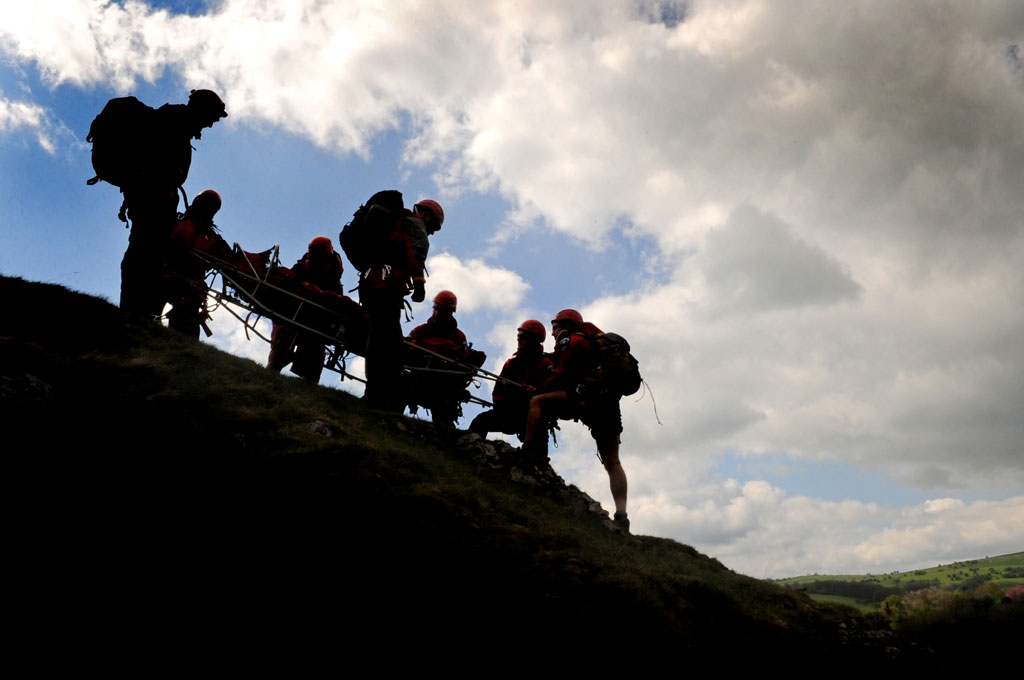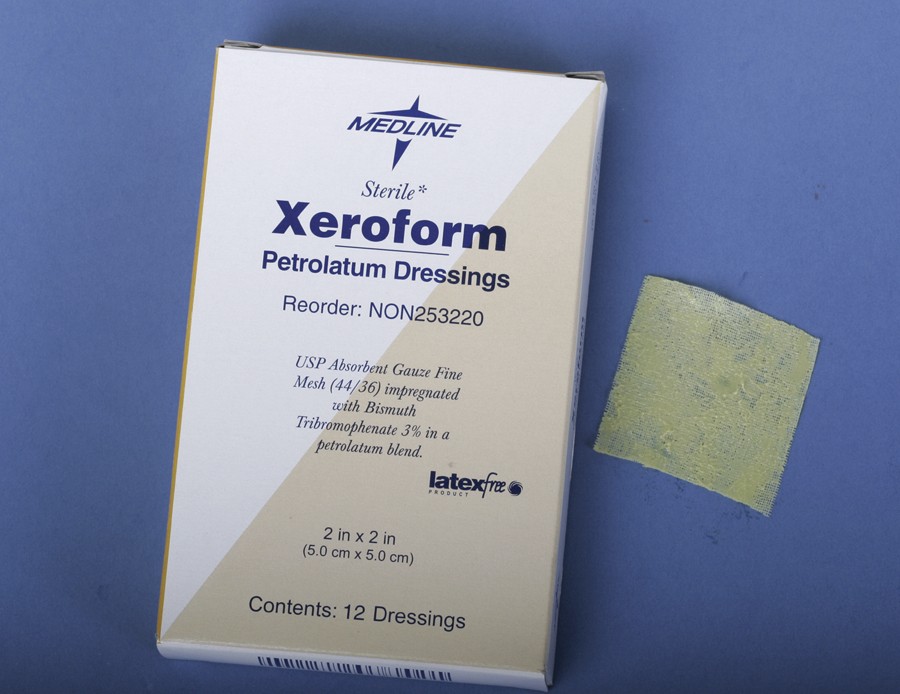Having a well prepared med-pack when going into the mountains or wilderness is not a luxury, it is a necessity. The serious and responsible backcountry hunter must be prepared to deal with everything from minor injuries to serious medical situations. Ignoring this simple reality risks impacting your ability to hunt effectively and in a worst-case scenario can literally ruin your hunt or pose serious danger to your life and limbs. A simple cut or sprain can turn into serious issues when away from the conveniences and supplies we take for granted at home and if you or your hunting partners sustain a more complicated injury such as a fracture, laceration, puncture wound or in a worst-case scenario firearm related injury the situation absolutely will demand a well prepared and well thought out med-pack. The old axiom it is better to have something and not need it than to need it and not have it is something I believe you HAVE to live by when entering the backcountry.
If you’re like me, however, every cubic centimeter of space and every ounce of weight is important, so what exactly is worth including in your backcountry med-pack? These days there are numerous pre-configured options available from a variety of suppliers and in many cases, these will get the job done when dealing with minor injuries. But there tends to a lot of “filler” in these prepackaged kits and if you’re a serious ounce counter there are often numerous items in these kits you just don’t need.
If you are traveling in a group and are lucky enough to have a designated medical or first response professional with you, fantastic! He or she can hump a more robust medical kit up the mountain for the good of the group. On longer guided expeditions, I highly recommend hiring a guide who is trained at a minimum to the level of Wilderness First-Aid. In fact, if serious mountain, wilderness or backcountry trips are part of your annual plans then taking a course yourself is worth every penny. If there is a high risk of injury or illness due to exposure (common at high altitudes or in extreme weather), then having someone like a paramedic, nurse, or doctor with Wilderness Advanced Life Support training and the appropriate supplies can ensure everyone has a fighting chance of making it out in one piece. Guides would be well advised to either take a class in wilderness medicine themselves or take along a colleague who is trained in the skills and equipment required to deal with a wilderness first-aid situation or worse. Your clientele will appreciate the comfort knowing they are well covered, and you can accommodate a wider range of clientele (e.g. folks with certain medical issues). Most guys like me who are trained in Wilderness Advanced Life Support would gladly trade services for the opportunity to be on the hunt.
But what about when you are solo or traveling with a buddy? Light is right as any serious mountain hunter knows so having a med-pack with the true essentials can give you peace of mind when striking out on your hunt. Below is a list of what I consider to be essential items for backcountry medical kits. I’ve placed a distinct emphasis on items that minimize weight and maximize space, but offer a wide array of first-aid and lifesaving applications. The items below can easily fit into a compact dry bag and in my opinion, are worth every ounce. When packed correctly, this entire kit can weigh less than 5 pounds and can even be trimmed down to 3 pounds with some minimalist zeal. If encountered with a situation where you’re forced to pack out early or worse have to call in SAR or EMS, those extra ounces will be worth it.
MEDICINE:
Ibuprofen – a good anti-inflammatory and analgesic may be just what you need after a long day’s trek in the backcountry and in many cases can keep you going day after day. I’m a huge fan of ibuprofen, but if acetaminophen is your pain reliever of choice then go for it. Acetaminophen is not effective at relieving inflammation whereas ibuprofen is just that, an anti-inflammatory, so keep that in mind. Ibuprofen is a great analgesic (pain reliever) and anti-inflammatory, so it does double duty. The generic stuff works just as well as the name brand stuff. Never go into the backcountry without it.
Imodium (loperamide) – Don’t let a little loose bowel issue “soil” your trip, an anti-diarrheal can make an irritated bowel a little less unbearable and helps keep you hydrated when water sources can be scarce. Left unchecked, diarrhea can become a serious medical problem.
Caffeine tablets (or something like Starbucks singles) – One of the biggest bummers of getting out into the fresh mountain air, is dealing with caffeine withdrawals. Add in a little altitude, and the pain of a caffeine headache can be unbearable. If you regularly drink coffee take caffeine tablets or some other way to stay caffeinated in the backcountry. Starbucks singles are quick and easy, and barely take up any space.
Benadryl (diphenhydramine) – A multi-purpose tool, diphenhydramine can help alleviate allergic reactions and symptoms and reduce the pain and discomfort of skin reactions to bug bites or plants. But beware some folks wake up foggy and drowsy after taking antihistamines, a phenomenon that can take a few hours to clear so if you tend to suffer from seasonal or environmental allergies I’d suggest taking some before your trip to see how you respond individually. When firearms are involved, a clear head is non-negotiable
EpiPen – If you have a known allergy to an environmental allergen that can develop into anaphylaxis, this is a must-have. They are bulky and sensitive to heat, but they can be indispensable in the event of a severe reaction. Benadryl will help but only counteracts the histamine response whereas epinephrine counteracts all of the lethal effects of anaphylaxis by causing your blood vessels to constrict and relaxes the smooth muscles in the airways of your lungs. It also relieves the histamine release that causes itching and swelling. If you travel into the backcountry with a known allergy (even food allergy) that can lead to anaphylaxis and you are not carrying an EpiPen then you are truly gambling with your life.
Neosporin – Topical antibiotics are a really helpful tool to help with minor cuts and scrapes. Keeping these minor injuries from becoming infected can make post-trip management a little less hectic.
Any personal medications – Getting outdoors is NOT the time to take a vacation from your regularly prescribed medications. Always check with your doctor to make sure that your trip will not be complicated by your normal medications.
Not recommended – You should not take sleep aids like Ambien or Lunesta when in the backcountry. These are long-acting and can make dealing with late night or early morning issues quite dangerous. They are heavy sedatives and not safe to consume when weapons are involved.
WOUND CARE:
Athletic tape – I have tried dozens of different products over the years and I am a true believer in Hypafix. It not only stays put but conforms really well to the curves of our anatomy. Use in conjunction with a sterile gauze pad for large wounds, or directly on the skin to prevent chafing (e.g. for your heels in new boots, or your neck with an annoying backpack strap). The great thing about Hypafix is the double duty of being able to handle wounds and prevent blisters, no need to carry moleskin! Another high-quality athletic tape I highly recommend is Elastikon. It has an aggressive adhesive and stretches to conform to your body. Stay away from regular zinc-oxide tape (standard, white athletic tape), it is hard to find a truly high-quality athletic tape, and its inflexibility makes it a poor choice for taping joints especially.
Sterile gauze pads – You should always have at least 5 sterile gauze pads. They are compact and lightweight and can mean the difference between staying in the hunt or going home early.
Vet wrap – This gem of an item is worth its weight in, well, vet wrap. I always have at least one small roll in my pack. So many uses, so handy, and so much better than roller gauze.
Good adhesive bandages – Have a decent assortment of good adhesive bandages (Band-Aids in the common parlance). Bandages that are cloth-like (so they can flex) last longer so don’t pinch pennies on this one. You don’t need to take the whole box, just a few of each size.
Xeroform – This is a luxury item, but is very packable and weighs nothing. This is another one of those items that can keep you in the hunt when misfortune strikes. Use it to cover abrasions and deep cuts to promote healing and reduce the chance of infection. If bandaged well under sterile gauze and tape, xeroform can stay in place for 3-4 days. This avoids needing to re-expose an injury that occurs early in a hunt.
Tweezers – Useful for stingers, splinters, and pokers.
Trauma shears – These handy scissors can cut through a penny and can really come in handy in a ton of situations and come in compact sizes ideal for a backcountry med-pack.
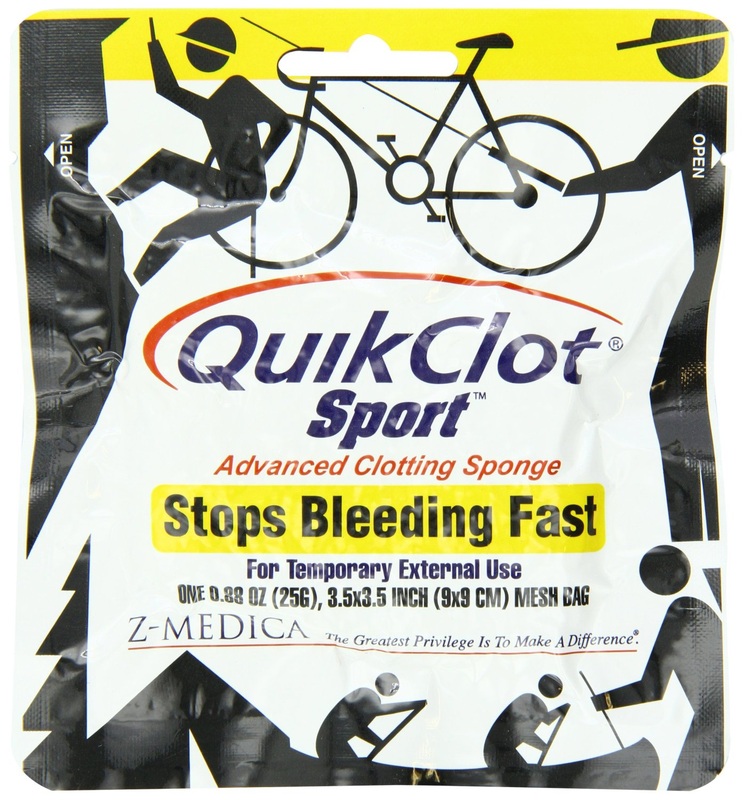
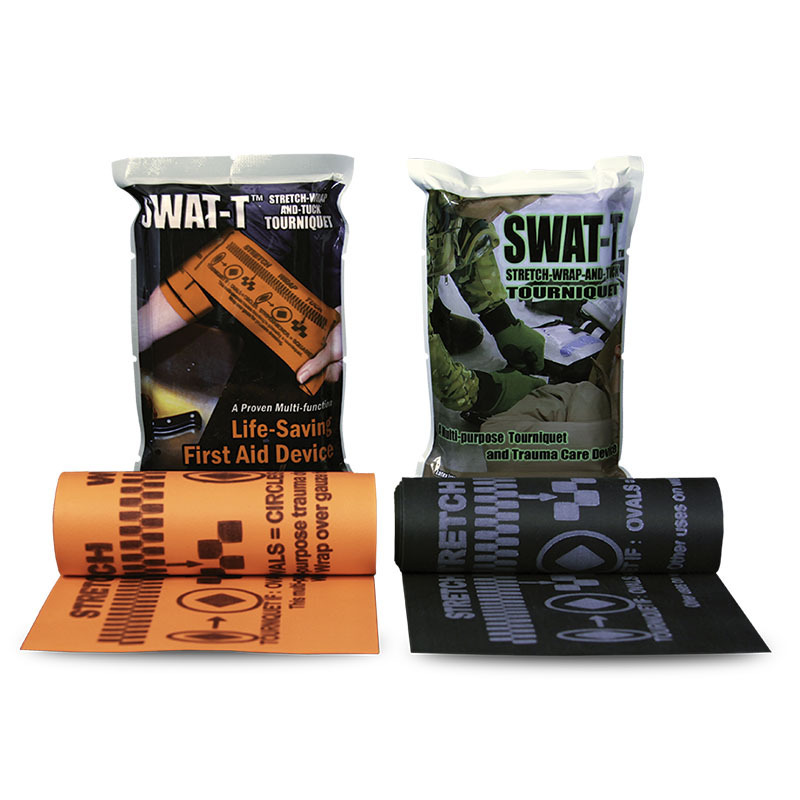
Personal locator beacons – Although not technically wound care and super expensive, I would consider these an essential survival tool. When wounds or illnesses require rapid extrication, one of these devices can save rescue teams a ton of time and effort. Your parents or spouse would probably buy you one for Christmas.
MUSCULOSKELETAL INJURY CARE:
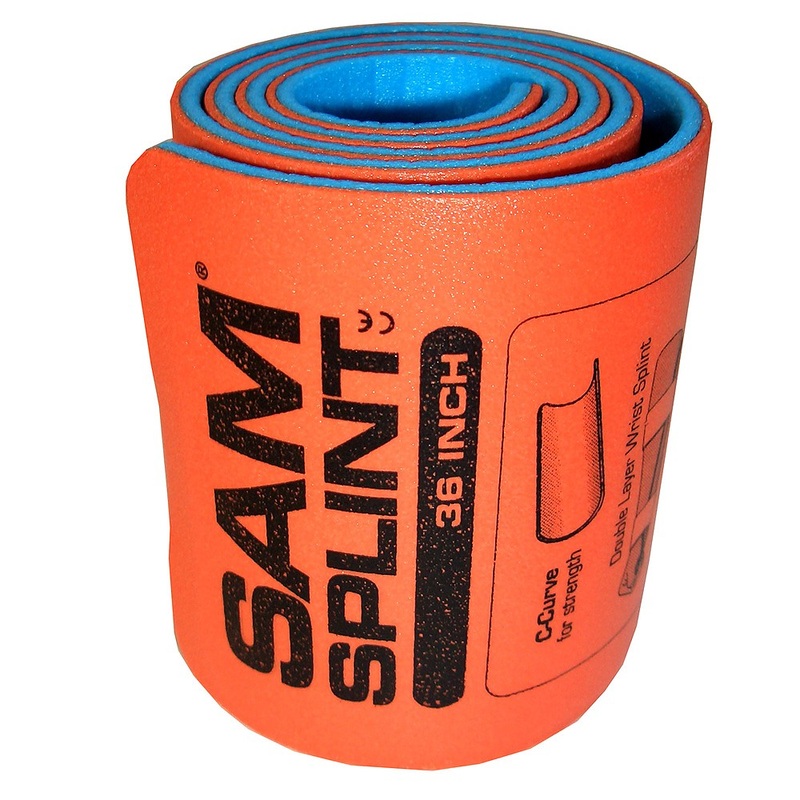
Compression wrap – A three-inch wrap (ACE wrap for example) is bulky but useful, so I advise you take one only. It’s better to have one and not it need, than…
Triangular bandage – Instead of standard triangular bandage, I really like the multipurpose shemagh or keffiyeh (aka – tactical scarf) for splinting or slinging an arm or shoulder injury. Plus, you can use it for shielding your face and neck from the sun, and protecting against insects when field dressing (common in the North) or at night above the tree-line where you may not have the luxury of a fire.
OTHER ITEMS:
Watch/altimeter – You’re a grownup, you should always be wearing a watch. Knowing when the sun is going to set (without guessing) can help with your decision making. A watch with an altimeter can help when going up to altitude, especially if you’re traveling from lower elevations or sea level. Climbing or gaining elevation too quickly can lead to nasty conditions like HAPE and HACE and these are serious situations that will put an immediate stop to your hunt.
Compass – I shouldn’t even need to include this but in an age of GPS, locator beacons, and other technologies people get complacent. A compass should be with you at all times and you should know how to use it. If/when technology fails you or is lost you will be prepared to deal with navigation and egress issues.
Sunscreen – Even when it is cloudy, exposed skin can get burned to a crisp. If the scent is an issue, make sure you stay covered up. Be aware that extreme exposure can still burn you under clothes, so SPF rated clothing is helpful.
Lip balm – Hunter’s Specialties makes a great odorless lip balm.
Insect repellent – Permethrin is definitely the best option. It takes care of mosquitoes, ticks, mites, and other nasty buggers. Sawyer Premium Insect Repellent is odorless and lasts the whole season on one or two applications.
Emergency Plan – Always make sure someone back in the real-world knows where you are and have a plan in place for what should happen if you are out of contact past your scheduled return date. Make sure they know which ranger or first-responder stations are closest to where you will be, and make sure they know what your planned course of travel will be, at least roughly. If the local (to your hunting area) helicopter service in the area has a subscription service (usually around $50 a year), buy into it. If you are airlifted out, you are looking at a minimum bill of $20,000. If you have a membership subscription, you pay nothing out of pocket for the extraction. For US residents, AirMedCare Network is a good place to start.
Moist wipes – I don’t know about you, but I can go 3-4 days it seems without pooping when I am in the backcountry, but when I have to go…I hate the dry scraping of paper tissue. Keeping your butt clean can help avoid diaper rash, but make sure you don’t pull up your britches until your bum dries, the moisture can cause itchiness later. Make sure to use proper minimal impact practices and bury your soiled wipes in a hole at least 6” deep. The ones you use for the twig and berries should be packed out with the rest of your trash.
CONCLUSION:
With a bit of knowledge and ingenuity, you can create your own medpack at a fraction of the cost and weight of a preconfigured kit, more often than not with better overall contents. Repackage pills into small baggies or small plastic bottles, organize items in your pack in a way that makes sense and with the likelihood of occurrence in mind: small wound care, big wound care, medicines, etc. and always remember to check and recheck your gear before heading out. When you use something up, replace it. Pay attention to expiration dates as well, if you put pills into another container, make sure you note the expiry date on the new container somehow.
A practical wilderness first-aid kit is one of the ten essentials of mountain survival, do not take this part of your hunt preparation and gear list lightly. You’ve pored over aerial maps and weather reports. You’ve trained your butt off for months. You’ve invested thousands of dollars in clothing, gear and perhaps even a guided hunt. You have waited 10 seasons to draw that tag of a lifetime. Why on earth would you go in without a viable medpack and risk packing out early, or worse, checking out completely and heading to the happy hunting ground in the sky? There is no excuse.


